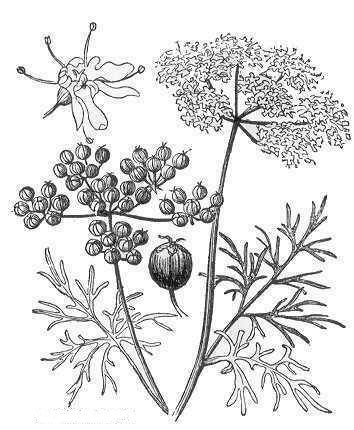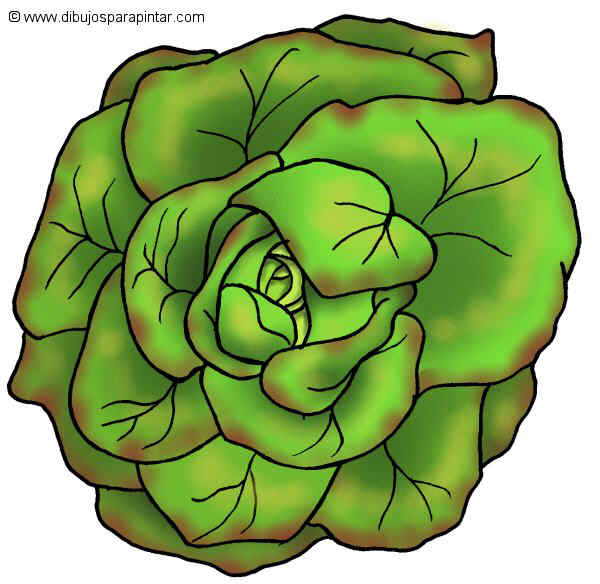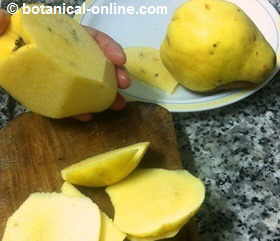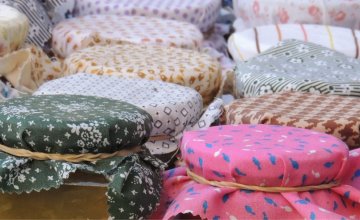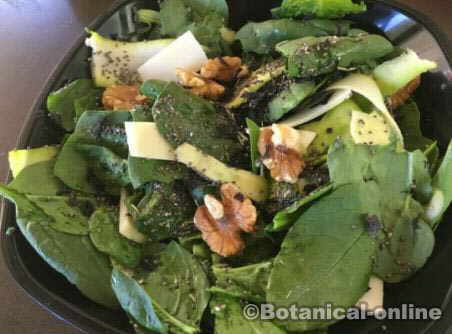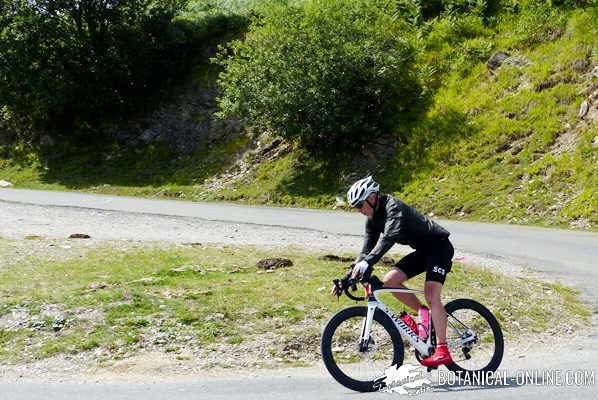Contents
HOW TO GROW BORAGE AT HOME
Growing borage
Borage is a medicinal and edible plant. It is grown for its leaves and long petioles, which are consumed as vegetable, boiled, in soups or even the young leaves, raw in salads.
Nutritionally, borage leaves are noted for their high fiber, mucilage, beta carotene and minerals, including potassium and iron. They have a taste reminiscent of cucumber, and, like most leafy vegetables, they have little fat and few calories.
Borage was one of the first vegetables brought to America by the Spanish, dating to 1494. It was grown in the first Spanish city in America, La Isabela (located in present Dominican Republic).
Characteristics of borage
Borage (Borago officinalis) is a plant of the Boraginaceae family up to 60 cm, native of the Mediterranean region that prefers rich soils in organic matter.
It is a very hispid annual plant, especially the wild varieties
Erect stems covered with bristles.
Stalked, ovate, bottom leaves in basal rosette; sessile upper leaves.
Flowers grouped in pendulous cymes, with a blue corolla about 2.5 cm., and purple stamens in cuneiform grouping .
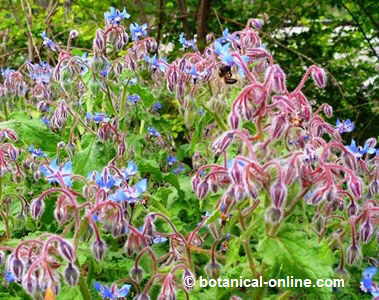
Borage plant
Borage cultivation conditions
Borage is an easy to grow herb as it sometimes grows wild in countryside or home gardens:
- It has to be located in full sun
- The plant prefers dry, loose soil and sunny position.
- It does not tolerate frost below -8
- Optimum growth temperature 16 to 22 ° C.
Borage soil requirements
– pH between 4.8 and 8.3
– With nutrient-poor soils, the flowers are more intense blue.
– It is important to provide it a good soil drainage without unevenness that may cause ponding of water.
Irrigation of borage
Borage cultivation does not suppose large risks. On the contrary, it is a relatively water-undemanding plant. However, it does not tolerate drought and watering should be more abundant before flowering.
Propagation and care
How to propagate borage?
It will be done by seeds. It is recommended to buy seeds in specialized stores. Before planting, it is important to prepare a loose soil, that promotes rooting. The best way to achieve this will be a deep plowing and a hard weeding
Sow in late April or May, preferably by direct seeding. You can also perform this in fall, resulting in early flowering plants. The seeds should be planted at a depth of twice its diameter with a planting distance of 30cm.
Right after planting, water them abundantly without flooding. During the first days of growth, the plant are very sensitive to excess moisture. At this time it is when crops may be jeopardized by the presence of snails or slugs.
When and how to transplant borage?
Transplant when the plants have developed about 4-6 leaves.
50cm between plants and between rows.
Weeding: Periodic control of weeds
Borage harvest
Harvest is realized in late September or early October.
The leaves are harvested when the plant begins to take leaves, in late winter or early spring. It is done with the aid of gloves, since this a a very hispid plant so it could harm the collector’s hands. Borage leaves should be held with one hand, and with the help of a knife, the plant is cut from the base of the petioles.
Flowers can be gathered all summer. They must be dried in the shade and stored in a dry place.
Borage diseases and pests
– Main pests:
Borage crops are often affected by the presence of mice, snails and slugs, and aphids.
– Other diseases:
- Ash in leaves (Entyloma serortinum): It is one of the most common diseases of winter-spring crop carried out in greenhouses. It consists of white spots on the leaves, which are spread throughout the sheet.
- .Powdery mildew (Erysiphe asperifoliorum) White dusty spots.
![]() More information on borage.
More information on borage.

